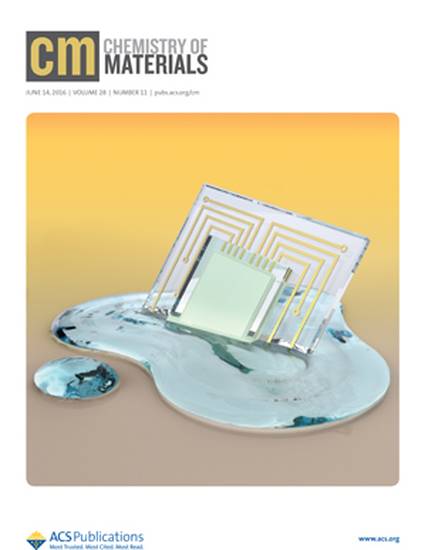
Article
Control of Composition and Size in Discrete CoxFe2–xP Nanoparticles: Consequences for Magnetic Properties
Chemistry of Materials
(2016)
Abstract
In this work, a solution-phase method was developed for the synthesis of CoxFe2–xP nanoparticles over all x (0 ≤ x ≤ 2). The nanoparticles vary in size, ranging from 17 to 20 nm in diameter with standard deviations ≤ 14%. The synthesis involves preparation of CoxFe1–x alloy nanoparticles and high temperature conversion into crystalline ternary phosphide nanocrystals. The target composition can be controlled by the initial metal precursor ratio, and the size of CoxFe2–xP (from 12 to 22 nm) can be tuned by varying the oleylamine/metal ratio. Mössbauer data show that Fe has a strong preference for the square pyramidal site over the tetrahedral site. Magnetic measurements on CoxFe2–xP nanoparticles showed a strong compositional dependence of the Curie temperature (TC); CoFeP and Co0.7Fe0.3P have TC’s > 340 K and are superparamagnetic at room temperature.
Keywords
- Magnetic properties,
- Nanoparticles
Disciplines
Publication Date
June 14, 2016
DOI
10.1021/acs.chemmater.6b01185
Publisher Statement
Copyright © 2016 American Chemical Society
Citation Information
Da Li, Maheshika P. Arachchige, Bogdan Kulikowski, Gavin Lawes, Takele Seda,
and Stephanie L. Brock:Control of Composition and Size in Discrete CoxFe2−xP Nanoparticles: Consequences for Magnetic Properties, Chem. Mater. 28 (2016) 3920.
